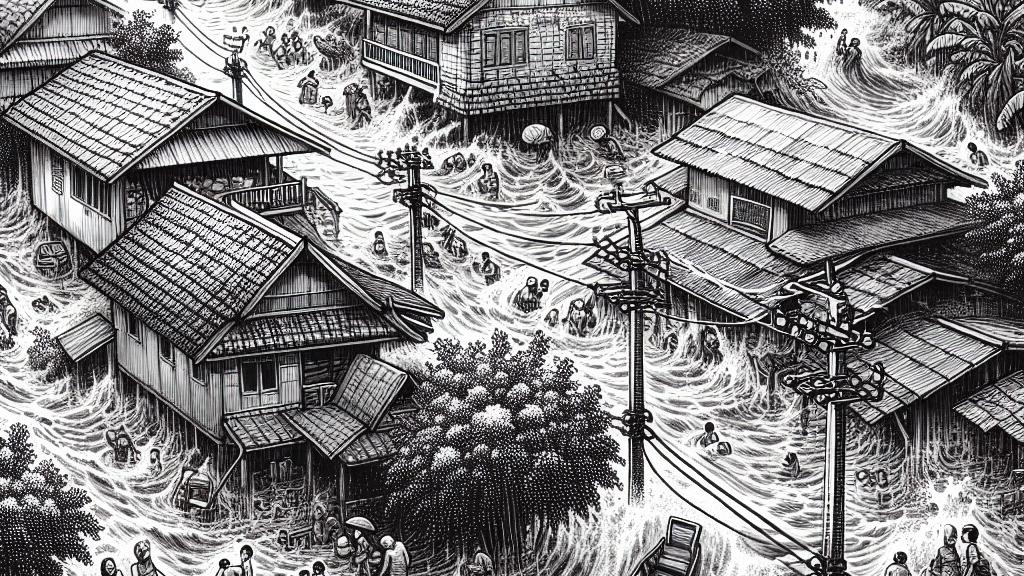Bangkok's Disastrous Deluge: Landslide and Floods Claim Lives!
Overview
- Northern Thailand is currently facing disastrous flooding and deadly landslides, impacting countless lives.
- The tragic loss of six individuals in Chiang Mai underscores the threat posed by severe weather conditions.
- Emergency teams mobilize rapidly to aid affected residents, demonstrating humanity and resilience.

The Onset of a Catastrophic Event
In September 2024, northern Thailand, particularly in the provinces of Chiang Rai and Chiang Mai, plunged into a state of chaos as catastrophic flooding wreaked havoc. The relentless downpour transformed once peaceful areas into rushing torrents, with water levels rising to a staggering two meters in some neighborhoods. Mae Sai district faced a declaration of emergency, as officials stated this situation represents the most severe flooding the region has seen in eight decades. As the Sai River overflowed its banks, connecting streets and homes were submerged, leaving residents helpless amidst the tumultuous waters. Families gathered on rooftops, hoping for rescue or relief, making it clear that this was more than just a natural disaster—it was a test of survival itself.
The Heavy Toll of Nature's Fury
The relentless rains triggered not only flooding but also devastating landslides in Chiang Mai, tragically claiming the lives of six individuals in Mae Ai district. Eyewitness accounts painted a vivid picture of despair; homes were buried under thick layers of mud, with entire families trapped beneath the rubble. Many residents took refuge on their rooftops, while others relied on social media to plea for help—and rescue efforts were complicated by the turbulent waters. The health implications of standing floodwaters loomed large as officials expressed concern over disease outbreaks. With stagnant water acting as a breeding ground for harmful pathogens, this disaster morphed into a public health crisis, further complicating an already dire situation.
A Unified Response: Government and Community in Action
In the face of these overwhelming challenges, Prime Minister Paetongtarn Shinawatra swiftly organized a response, mobilizing resources to support the affected population. Emergency shelters were erected, and extensive kitchens were set up, capable of feeding hundreds of displaced individuals. Local communities and military personnel worked tirelessly, showcasing an inspiring spirit of solidarity as they reached out to assist flood victims. However, amidst this heroic effort, many residents remained isolated, underscoring the importance of enhancing disaster preparedness and infrastructure. This natural disaster serves as a vital lesson for future events, illustrating the power of resilience and the imperative of effective community planning in the face of nature's challenges.

Loading...